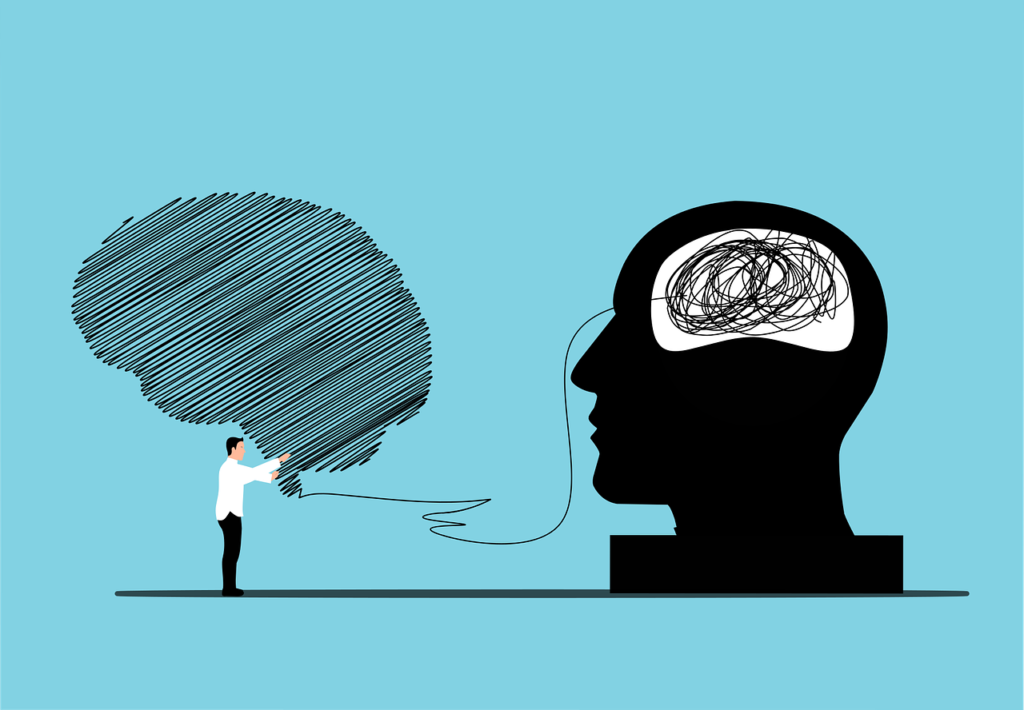### Therapy for Autism: A Comprehensive Overview
Autism Spectrum Disorder (ASD) is a developmental condition characterized by challenges in social interaction, communication, and repetitive behaviors. While there is no one-size-fits-all approach to therapy for autism, a variety of evidence-based interventions can help individuals improve their skills and overall quality of life. Here’s an overview of some of the most commonly used therapies for autism.
#### 1. Applied Behavior Analysis (ABA)
ABA is a widely recognized therapy for individuals with autism. It focuses on reinforcing positive behaviors and decreasing negative behaviors through systematic interventions. Techniques may include:
– **Discrete Trial Training**: Breaking skills into small, manageable parts and teaching them one at a time.
– **Natural Environment Training**: Teaching skills within the natural context in which they will be used.
– **Positive Reinforcement**: Rewarding desired behaviors to encourage their recurrence.
#### 2. Speech and Language Therapy
Many individuals with autism experience challenges in communication. Speech and language therapy can help improve verbal and non-verbal communication skills, including:
– **Expressive Language Skills**: Teaching individuals how to express their thoughts and needs effectively.
– **Receptive Language Skills**: Helping individuals understand language and follow instructions.
– **Social Communication Skills**: Improving the ability to engage in conversations and comprehend social cues.
#### 3. Occupational Therapy (OT)
Occupational therapy focuses on helping individuals with autism develop everyday living skills and enhance their ability to participate in daily activities. OT can address:
– **Fine Motor Skills**: Helping individuals improve hand-eye coordination and dexterity for tasks like writing and cutting.
– **Sensory Integration**: Assisting individuals in processing and responding to sensory stimuli in their environment, which can be particularly beneficial if sensitivity to light, sound, or touch is an issue.
– **Life Skills**: Teaching practical skills such as personal hygiene, household tasks, and social interactions.
#### 4. Social Skills Training
Social skills training aims to improve interpersonal skills and help individuals navigate social situations more effectively. This often includes:
– **Role-Playing**: Practicing social interactions in a controlled and supportive environment.
– **Peer Interaction**: Engaging in group activities to foster social connections and build relationships.
– **Understanding Social Cues**: Teaching individuals how to read body language, facial expressions, and other non-verbal forms of communication.
#### 5. Cognitive Behavioral Therapy (CBT)
CBT is a therapeutic approach that helps individuals identify negative thought patterns and develop coping strategies. For individuals with autism, it can be adapted to address:
– **Anxiety Management**: Helping individuals develop techniques to cope with anxiety and stress.
– **Emotional Regulation**: Teaching strategies to manage emotions and reactions in various situations.
– **Problem-Solving Skills**: Encouraging analytical thinking and developing strategies for dealing with challenges.
#### 6. Parent Training and Support
Involving family members in the therapeutic process is crucial for creating a supportive environment for individuals with autism. Parent training can include:
– **Understanding Autism**: Educating parents about ASD and its impact on behavior and communication.
– **Behavior Management Strategies**: Teaching parents effective techniques for reinforcing positive behavior and managing challenging behaviors.
– **Support Networks**: Connecting families with resources, support groups, and communities for emotional support and shared experiences.
#### 7. Alternative and Complementary Therapies
Some families explore alternative therapies, such as:
– **Art and Music Therapy**: Utilizing creative expression to improve emotional well-being and communication.
– **Animal-Assisted Therapy**: Using interactions with animals to enhance social skills and reduce anxiety.
– **Mindfulness and Relaxation Techniques**: Incorporating practices that promote relaxation and focus, which can be beneficial for managing stress.
#### Conclusion
Finding the right therapy for individuals with autism is often a personalized process that depends on the individual’s unique needs, strengths, and challenges. A combination of therapies may be most effective, and collaboration among therapists, parents, and educators is essential for success. Early intervention and consistent support can lead to significant improvements in skills and quality of life for individuals with autism. If you have concerns about autism, consulting with healthcare professionals can provide guidance on appropriate therapy options and resources.
